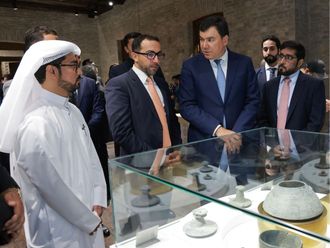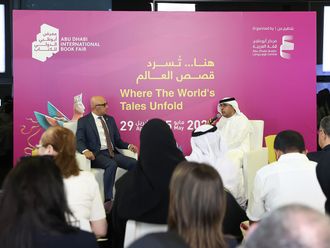Wind energy may soon be powering homes in Dubai if a pilot project is successful.
Dubai Water and Electricity Authority (DEWA) has announced they have appointed a consultant to study the feasibility of using wind energy in Dubai.
"If proven feasible, it will be utilised for a pilot project initially," Saeed M. Al Tayer, managing director and chief executive of DEWA, told Gulf News.
Wind speeds in the UAE often exceed the minimum of seven metres per second required to harness power, often reaching up to 12 metres per second.
Implementation of other renewable energy sources like solar power is hampered by many factors.
Currently, DEWA and oil companies limit the use of solar power to monitoring water flow or combating rust in pipes.
Al Tayer said: "There are internal discussions on solar energy but usage is curtailed by its relatively high and uncompetitive unit cost of production, its requirement for considerable space and its relatively small scale of electricity production compared with the huge requirement of DEWA."
The Department of Renewable Energy predicts up to half the UAE's required energy will come from renewables by 2050.
Environmentalist Dr Allan Dickson, managing director of Solstice, said to achieve that target buildings must be refitted so they consume only 30 per cent of the power currently used.
"If buildings are made three times as efficient then the 50 per cent goal actually becomes a 16.7 per cent goal and costs will be much lower," Dr Dickson said.
In the next 10 to 15 years, however, Al Tayer expects only one per cent of the electricity produced to come from renewables.
This percentage, however, is expected to grow rapidly in the long-term due to the "potentially higher competitiveness of renewable energy usage".
While he admitted the 2050 target is "predictably achievable" in light of the expected progress in renewable energy technologies, he said there is a need to explore commercial use of other fuel or energy types, such as hydrogen for cars.
Energy
First experimental plant on Sir Baniyas Island
- The Middle East's first experimental wind-power plant was set up in the UAE on the Sir Baniyas Island.
- DEWA uses a solar-powered system to monitor its water flow.
- Other uses of solar energy are in telecommunications, oil rigs and parking meters.
- Experts estimate that the UAE has the capacity to produce 1,000 megawatts of electricity if wind energy is utilised properly.
- By 2004, DEWA had the capacity to produce 3,833 megawatts of electricity from five power stations and 188 millions of gallons of water per day from four desalination plants.












